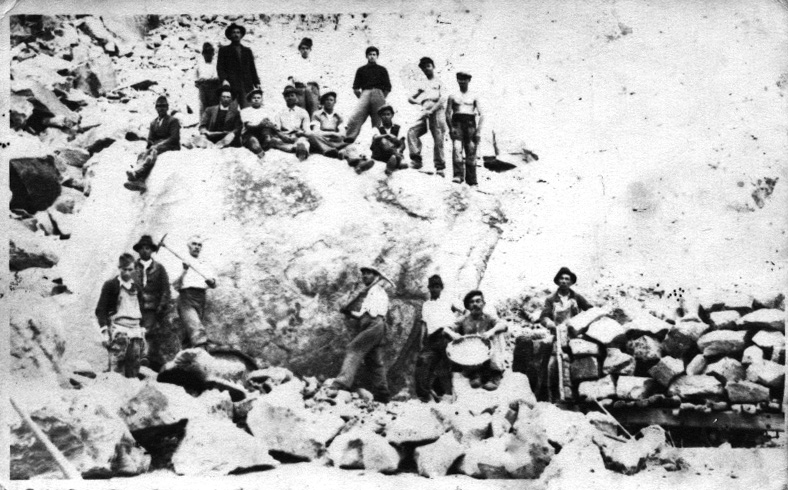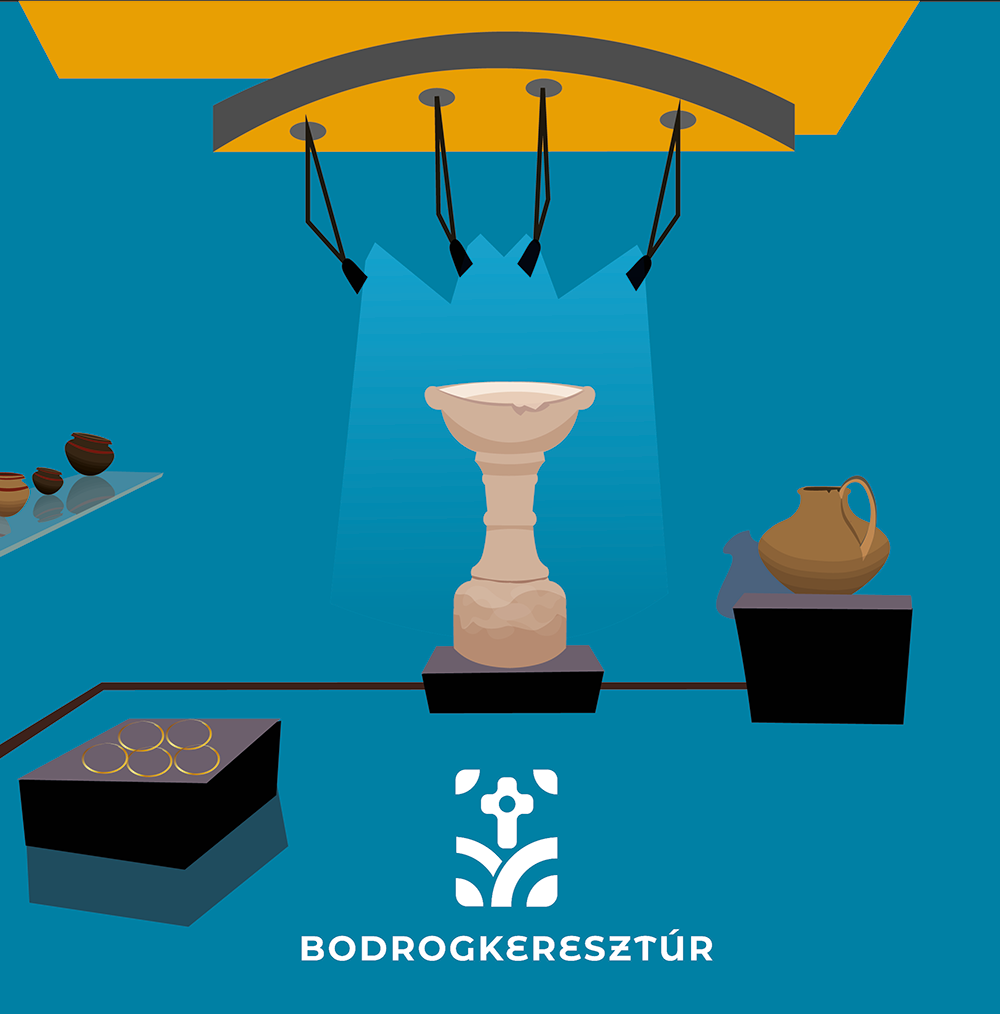Cellar room - Geology, mining

Geology, mining
In the period following the phylloxera epidemic, the quarries of Keresztúr became an invaluable source of livelihood for the population of the settlement, even if the work was strenuous and often life-threatening.
The first quarry was founded in 1806, but stone from here was used long before that - for example, stone from this area was found in the excavations of the castle of Szabolcs, and tradition has it that the castle of Tokaj was built from this stone as well.
In 1822, a contemporary inventory of settlements mentioned three mines.
During the economic boom before and after the Millennium years, 10-12 thousand wagons of stone were shipped from Bodrogkeresztúr to all over the country every year. In the 1930s, around two thousand wagons of stone were transported from 8-10 mines to the Great Plain and the country's cities. This stone was used to build the prison building in Sátoraljaújhely – for the construction of which the stone was quarried by the prisoners themselves –, the ironworks in Ózd, the civil school in Tokaj, the pillars of the Tisza bridge in Balsa, and of course numerous churches, schools and residential buildings.
In 1926, a factory was established under the name of "Carpathian Perlite Industry" to process the "stone dust" mined in the nearby mountains. This plant processes quarried raw stone dust by crushing, drying, sieving, and screening it into eight grades. The finer grade types were used for paints, stains, statuettes, vases, and the coarser ones for concrete-like objects.
Watch our short film about the Crossroads Stone!
Routes with audioguide
Show all


